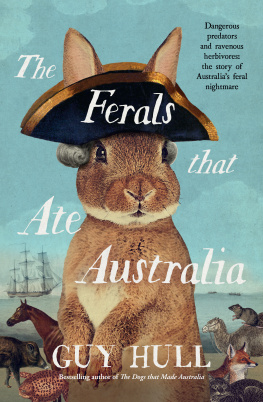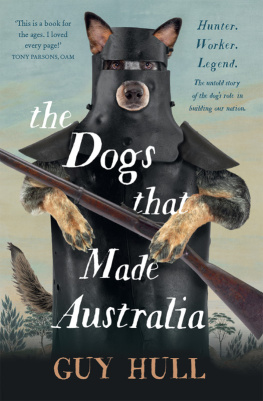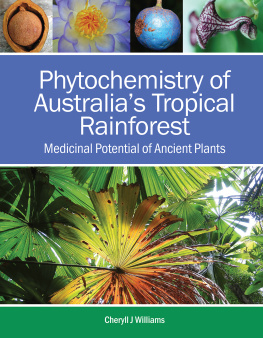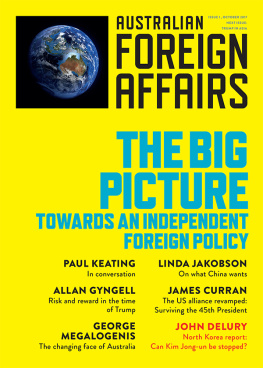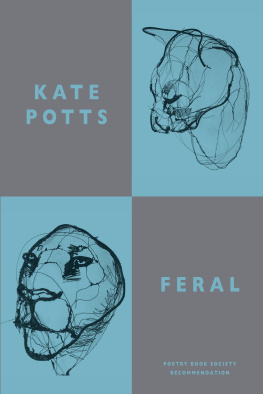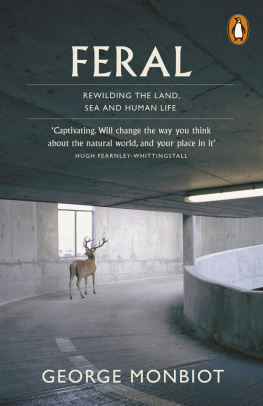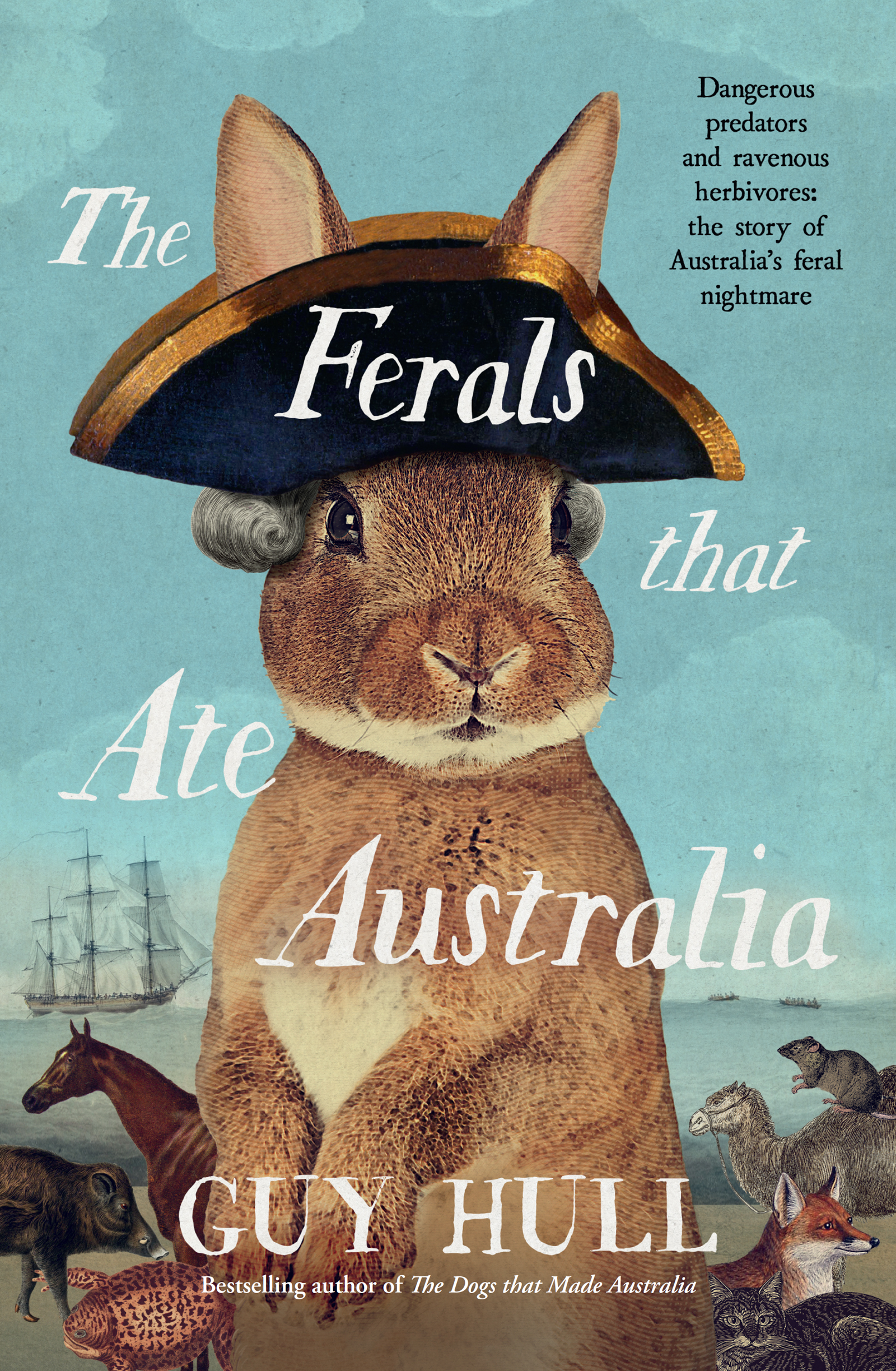Contents
Guide
Dedicated with love to my funny,
darling Kirsty.
Contents
O ne sheep station morning was much like another in the last decades of the nineteenth century. It was typically dry, magpies carolled at dawn and sheep were on the move as they got about their day. Galahs cackled and glink-glinked and hung upside down from uppermost branches or flew madcap sorties through the treetops, while just this side of the barbed-wire boundary appeared little excavations: the newly mined overnight earthworks that marked frontline trenches of a remorseless invasion.
Later, when the sun hoisted itself high overhead, the little invaders slept in the appropriated subterranean real estate of giant scrub worms, bilbies, wombats and marsupial moles. Above them, the bewildered grazier sought the shade and stared at his discovery. The diggings presented a benign faade that didnt deceive his whining sheep dogs, who poked questing noses into each new burrow entrance as their master, wrestling with the gravity of the situation and wondering if a few holes were all that much to worry about, rolled a cigarette and scratched his head.
A few holes had none of the drama of the ear-piercing arrival of thousands of corellas, or the hopping anarchy of a hundred thousand mice, or the whirring, roiling maelstrom of a locust swarm. This was something altogether different a silent nocturnal incursion; a rapid, capillary-like seeping that won its territory by feet and by yards. The invaders gained ground by expanding their population then scampering forward again and digging in, while the homesteads and towns all slumbered.
This was how the rabbits of earths greatest ever plague did business. Billions of rabbits sought to occupy every last piece of habitable land and devour every last bit of edible anything. They laid waste to over five million square kilometres of the largest island on earth. They even swam rivers and climbed trees to do it.
*
The animals that feral-bombed Australia are like the uninvited visitors who saw the light on, dropped in, made themselves at home, cleaned out the fridge and never left. Thats the way bio-invasion works and, unfortunately for Australia, its nothing new.
No matter where or when they made themselves at home, the non-native blow-ins tipped the natural order on its head and, in all but one instance, the consequence has been catastrophic environmental imbalance.
The ferals of south-eastern Australia have always played some part in my life. Im one of Australias post-war baby boomers, the myxomatosis generation, the first in a hundred years not to live under the thrall of the rabbit. We of the post-World War II generation grew up hearing all about life under the rabbits regime from our parents and grandparents, who in some cases lived on little else. As a boy, my father had trapped and shot rabbits on the Brewarrina town common to help his mother keep food on the table for a large, ravenous, and impoverished family. The skins of those rabbits earned him a few bob a week, which he gave his mother for housekeeping.
So entrenched was our rabbit culture that even Australias most successful rugby league team took its moniker from some of their rabbit-merchant players, who trapped their quarry in the sandy, rabbit-infested Botany region and peddled them around South Sydney calling out, Rabbitoh! Come and get your fresh rabbits! Rabbitoh!
Bush-bred family and friends were no help in my early attempts at feral-origin divining. For all my fathers bush stories, he had no idea. My knowledge of Australian history ensured I was wryly amused when one of my uncles told me that, Wild pigs and rabbits and foxes came out with Captain Cook when he brought out the convicts!
Oh dear. I found it remarkable that even people who grew up surrounded by ferals had no idea about their origins.
Eventually I got the good oil on Australias feral story not out west under the shade of a coolabah tree, but from a book in my local library in Sydneys leafy Hills district. Eric Rolls was a New South Wales grazier and environmentalist. His book They All Ran Wild, published in 1969, first revealed the feral story to me and many others. However, now in 2020, the feral situation is much altered. The introduction of new bio-invaders and more recent developments in the war against the long-term ferals has dated that masterful work.
I got my feral animal education from They All Ran Wild, though I didnt find it until about ten years after its publication. I often cite the late Mr Rolls and do so with the greatest admiration for his commitment to the tortuous years of painstaking research needed to construct his detailed and entertaining narrative. Im almost embarrassed that researching The Ferals that Ate Australia was easy by comparison.
Then there is the vexing use of the terms domestic, wild and feral. Your genuine feral is the domestic animal or livestock gone wild, or the escaped wild farmed animal, like deer. Wild creatures commonly referred to as ferals are the game species: rabbits, hares and foxes. Uncontrolled or free-ranging domestic animals have the same environmental impact as ferals or wild species. Feral cat or domestic? To the devoured bandicoot, whats the difference? Likewise, vegetation is stripped bare alike by domestic livestock, feral livestock and rabbits.
The environment doesnt differentiate between domestic, feral and wild animals. If its not native, its damaging, and thatll do me. Ive taken that lead and tarred the lot with the one feral brush. Of course, that fundamental simplification is not technically correct, but such trifles should not get within cooee of a good yarn.
So henceforth, the ferals that ate Australia include the vermin stowaways, the poorly controlled pets and domestic stock, the domestic or wild livestock escapees and deliberate releases, the seemed like a good idea at the time approaches and sporting releases, the failed biological controllers, and the illegally imported and released pets.
The truth is that Australias ferals have had no choice but to obey instincts irresistible drive to survive amid the unnatural circumstances and turmoil created for them by humans. Its nothing personal, though humans have understandably seen the battles against the feral peril as a war. When you are fighting a creature that threatens your survival, it is difficult to see the conflict in any other light.
Its quite the paradox that Australia, a land so harsh, so dry, so alien, and so unwelcoming, should prove to be vulnerable to bio-invasion. Over the last two hundred years, introduced heritage bio-thieves have dominated and displaced our unique fauna, diluted our faunal identity, and degraded the very essence of Australia.
The bush was once a sparsely populated place. Prehistoric Australia was a lean land, a well-oiled but sparse machine that got by on very little and asked for even less. Before 1788, every terrestrial creature in Australia walked, climbed, dug or hopped on padded mammalian feet, or avian or reptilian feet, or wriggled about on its abdomen. The hoofed ungulates were entirely absent from Australia.
It is hard to imagine, but the western division of New South Wales was originally a pristine environment that required little rain to thrive. It easily coped with the vagaries of El Nio. Its inhabitants placed minimal demand on the land and its resources. Drought was a rare occurrence in naturally dryish prehistoric Australia. The pioneers of western New South Wales agreed that, before livestock overran the region, just one inch of rain was sufficient to spruce the land up and provide luxuriant, long-lasting feed. Yet such was its gross mismanagement that the region averaging 30 centimetres of rainfall a year collapsed under the weight of its invaders.

